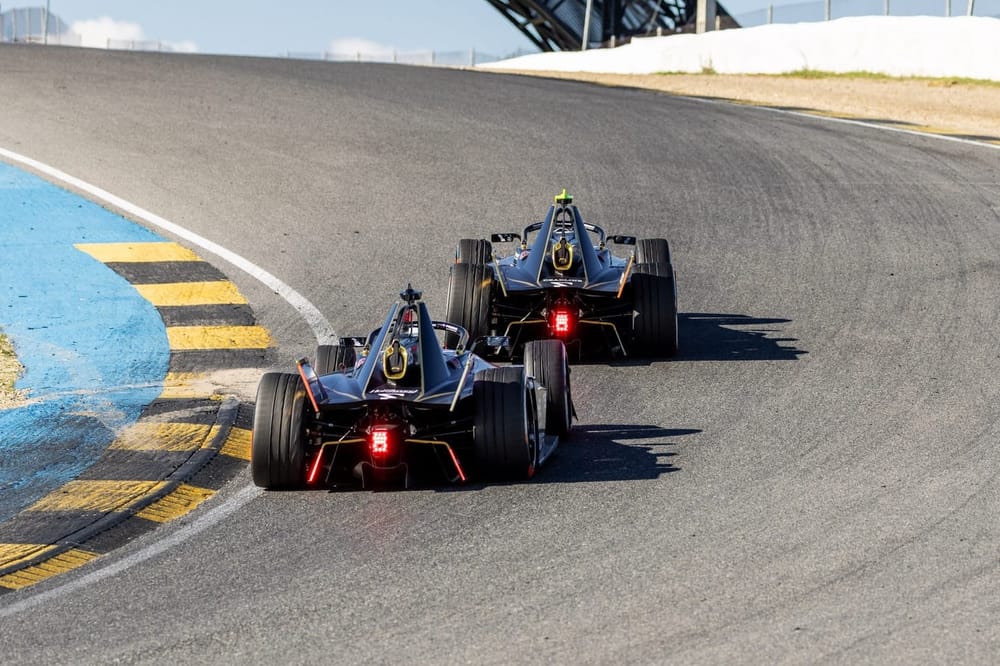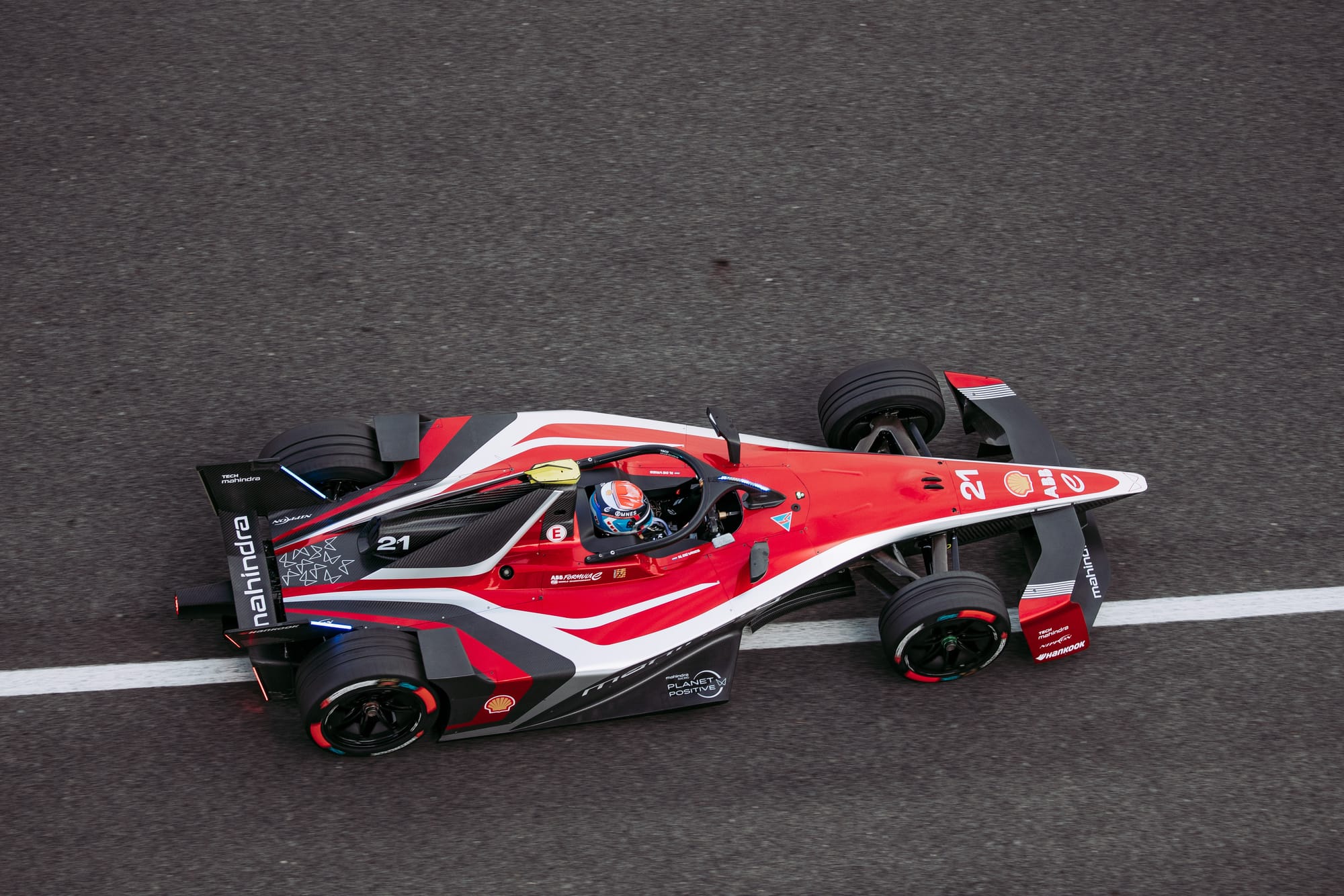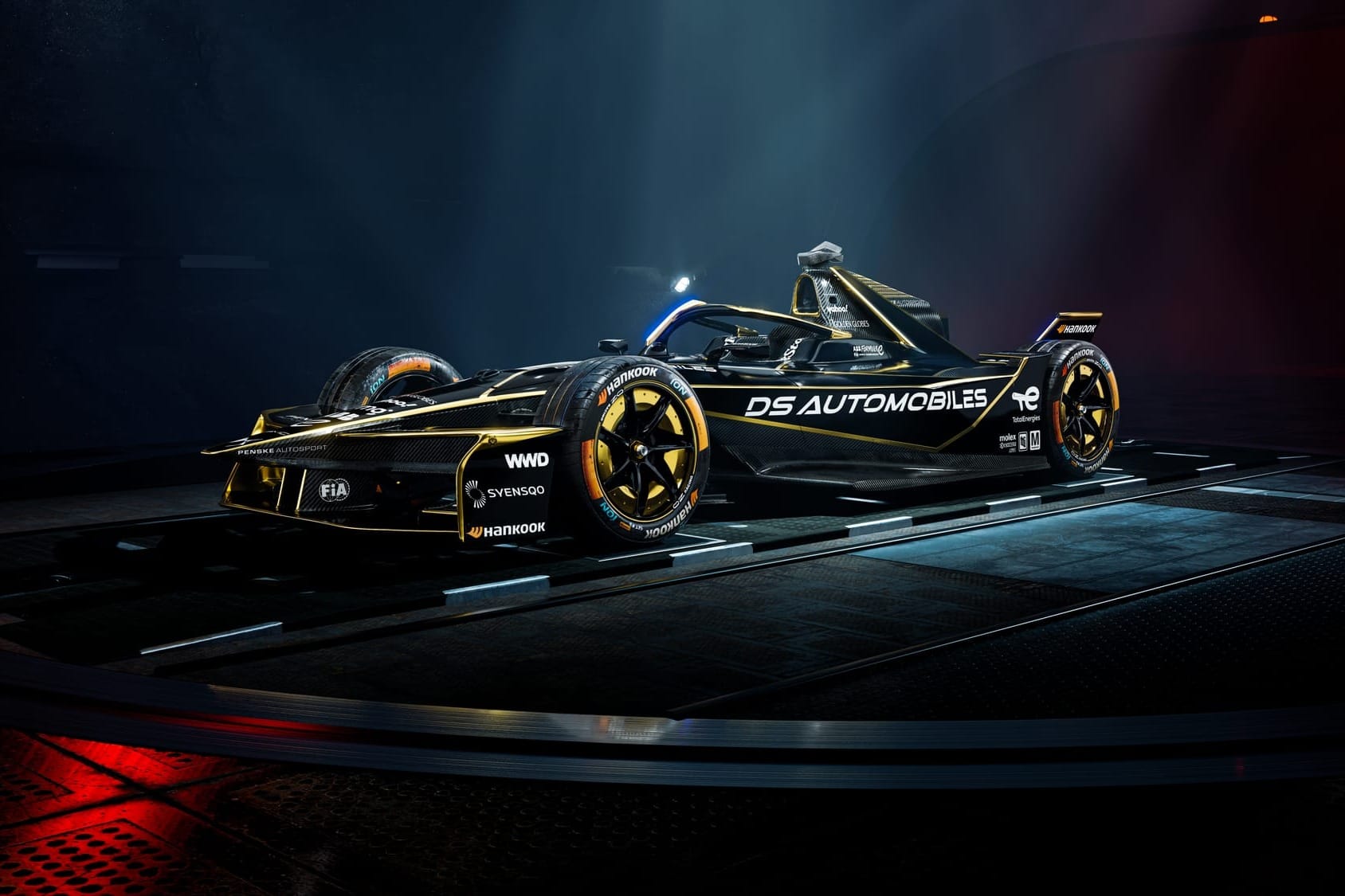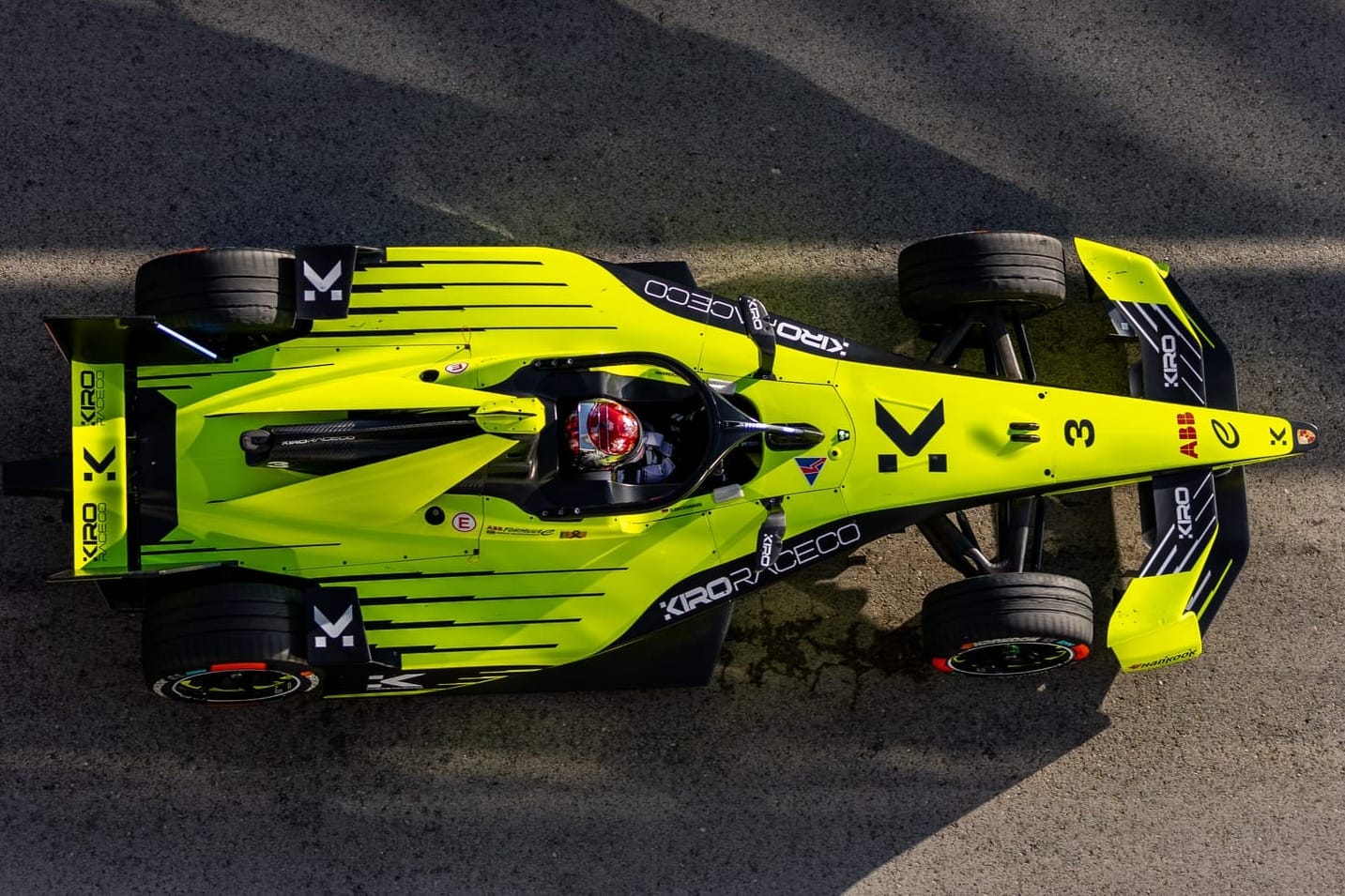Maserati has become the fifth manufacturer to commit to the Gen4 Formula E ruleset that begins at the end of 2026.
The Trident marque, which returned to international single-seater competition in Formula E in 2023 after a 62-year absence, joins Porsche, Jaguar, Nissan and Lola in confirming its signature on the Gen4 plans - a cycle that runs from 2026 to 2030.
From a technical standpoint, Maserati has used the same powertrain as DS Automobiles in the Gen3 era and has been run by the Monaco Sports Group (MSG) organisation that was previously Venturi. Stellantis Motorsport oversees the technical and sporting integration of both brands in the electric world championship.
Maserati has scored two wins in two seasons, both with Maximilian Guenther (who has joined DS for 2024-25), at Jakarta in 2023 and at the inaugural Tokyo E-Prix in March.
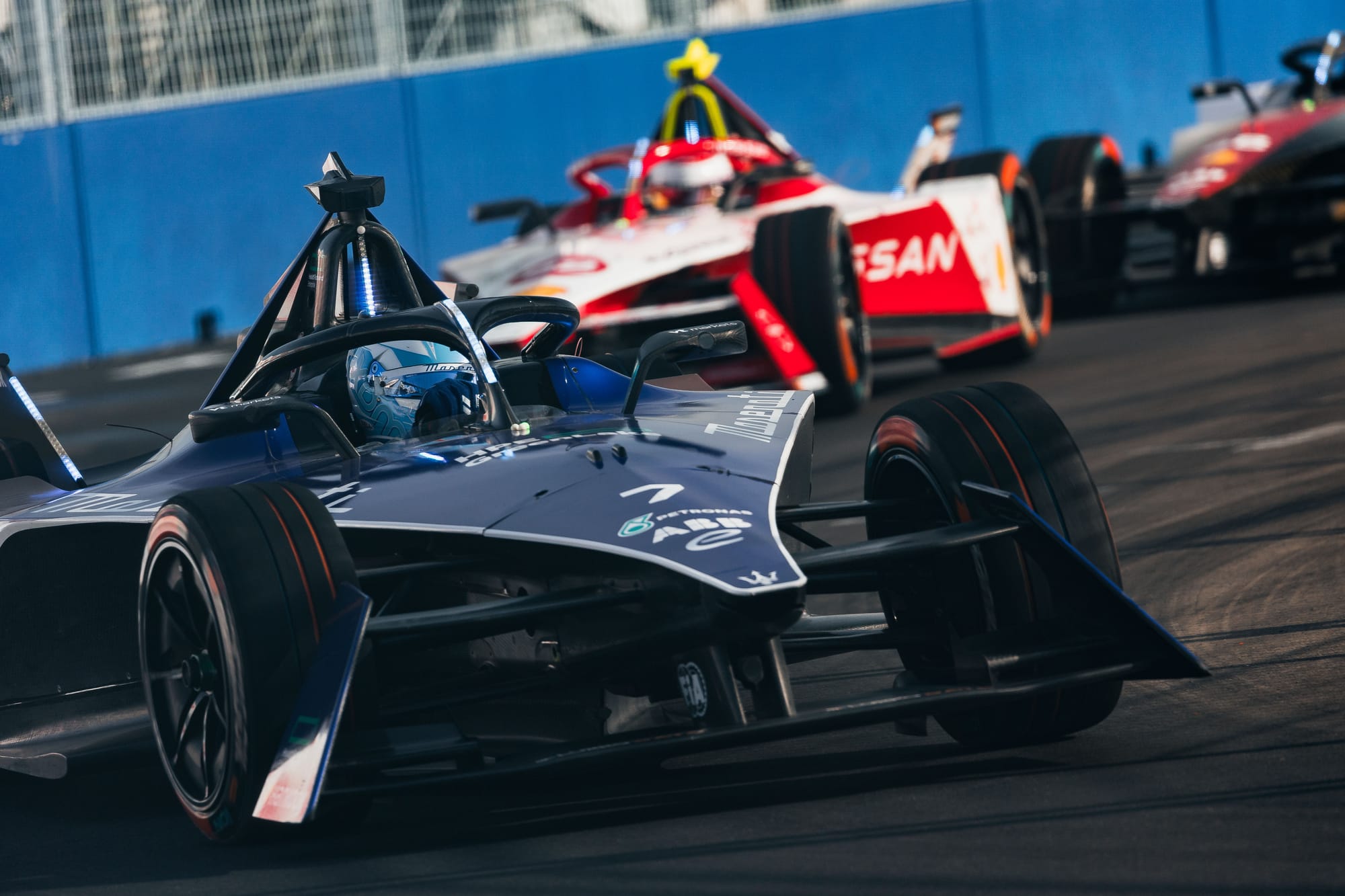
It has finished sixth and eighth respectively in the teams' championship in its two campaigns and fell considerably further behind its most direct competition, DS Penske, in 2024.
But that should be caveated significantly because it has been against a backdrop of difficulties off track. That's because the MSG element of the operation has run on a lean budget, so much so that it was forced to choose a driver who brought money, in the shape of Jehan Daruvala, last season.
News of its decision to extend its Formula E commitment has come as a positive surprise as the Stellantis brand was believed to be going up until an extended FIA deadline in January before making a decision on its future.
In addition, Maserati has, like many automotive brands, had a difficult sales year and the Italian company made redundancies earlier in 2024, notably at its Modena plant.
It also confirmed an adjusted operating loss of €82million (approximately £69m at the time) in the first half of 2024 and its global sales of vehicles fell more than 50% to 6500.
But that is not an unusual backdrop in the automotive sector at present, with several larger manufacturers such as Nissan recently making 9000 redundancies and issuing several profits warnings.
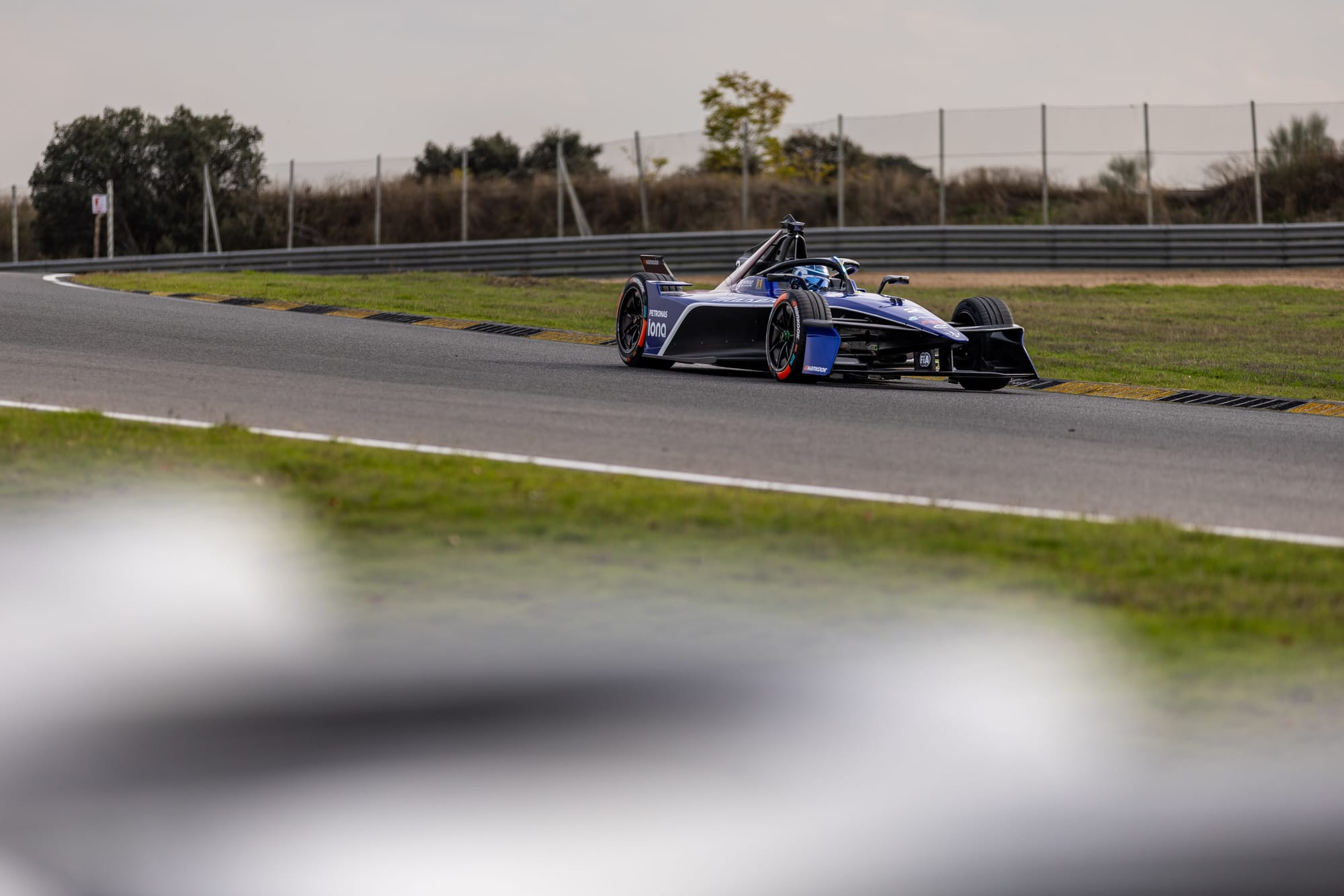
Maserati's new CEO Santo Ficili, who took over from Davide Grasso in October, told The Race upon the announcement that the brand's renewed Formula E commitment was "important, in my opinion, for two reasons".
"It's a super good opportunity to get in touch with potential customers or customers and to stay in touch with our customers or potential customers," said Ficili.
"The other point is that we can move experience, technologies from racing to, let's say, cars that our customers will use, benefiting from this experience that we will have together with our colleagues from Stellantis Motorsport."
A positive surprise - but will DS follow suit?
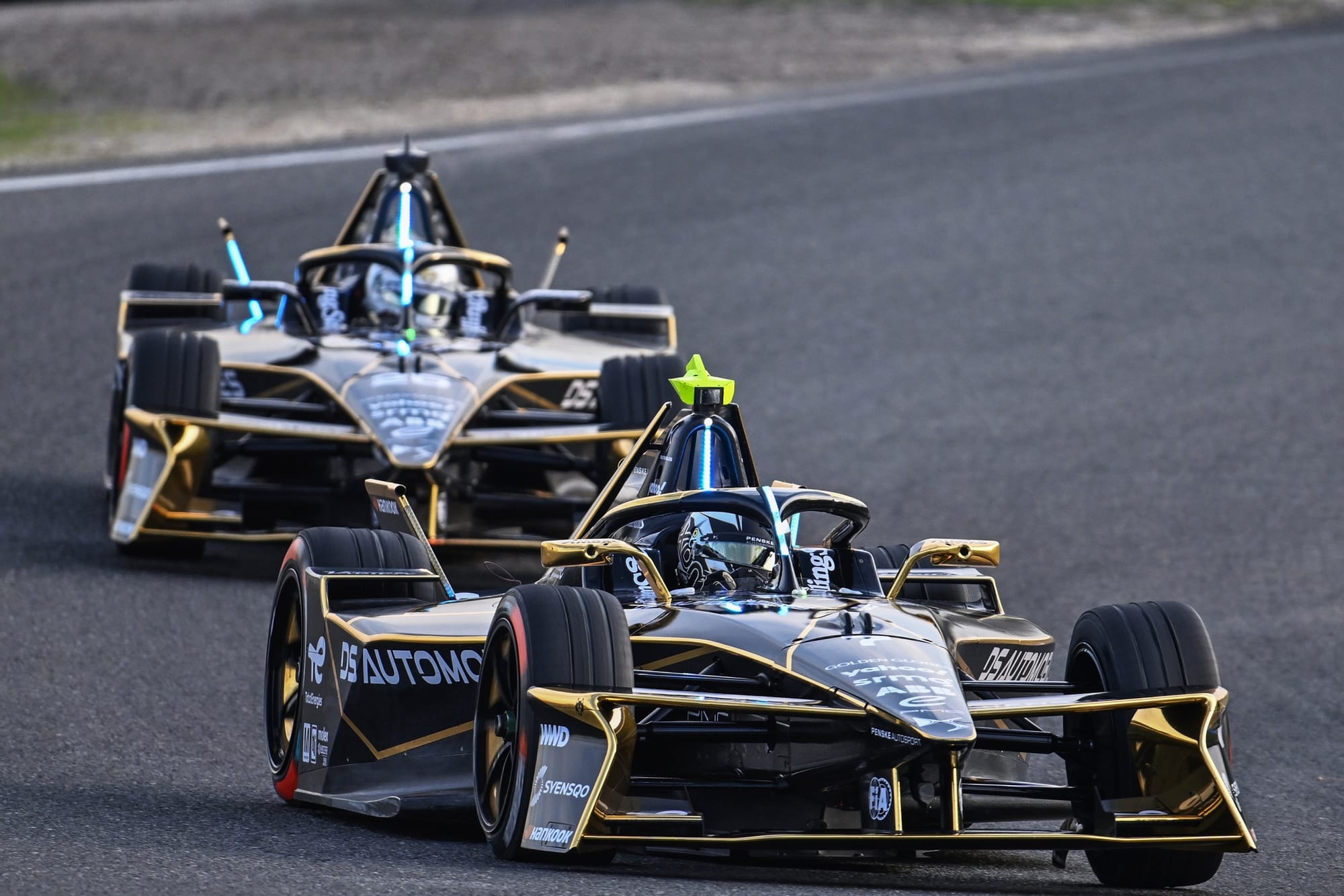
The Stellantis group is unique in Formula E because it has two competing brands, DS and Maserati.
This should be complicated but so far it hasn't really been as Maserati runs the DS hardware and the two co-exist and formulate some synergies together.
The complexity really lays now in what DS will do for Gen4, and a commitment or extrication isn't expected now until the early months of 2025 at the earliest.
Like Maserati, DS is hurting in the automotive landscape and, although Formula E budgets are modest compared to some other international series, the optics of four more years of marketing spend on Formula E could well be one step too far.
Stellantis has looked at alternatives to replace DS. These are believed to have been Lancia (before its return to rallying was confirmed earlier this year), Abarth and Dodge.
The last of these was discounted early and Abarth was probably too niche for an entry at world championship level. That means that the reality may well be that Maserati has four cars on the 2026-27 grid - with MSG a de facto works team and then an additional customer outfit from one of Envision, Andretti, McLaren or Kiro.
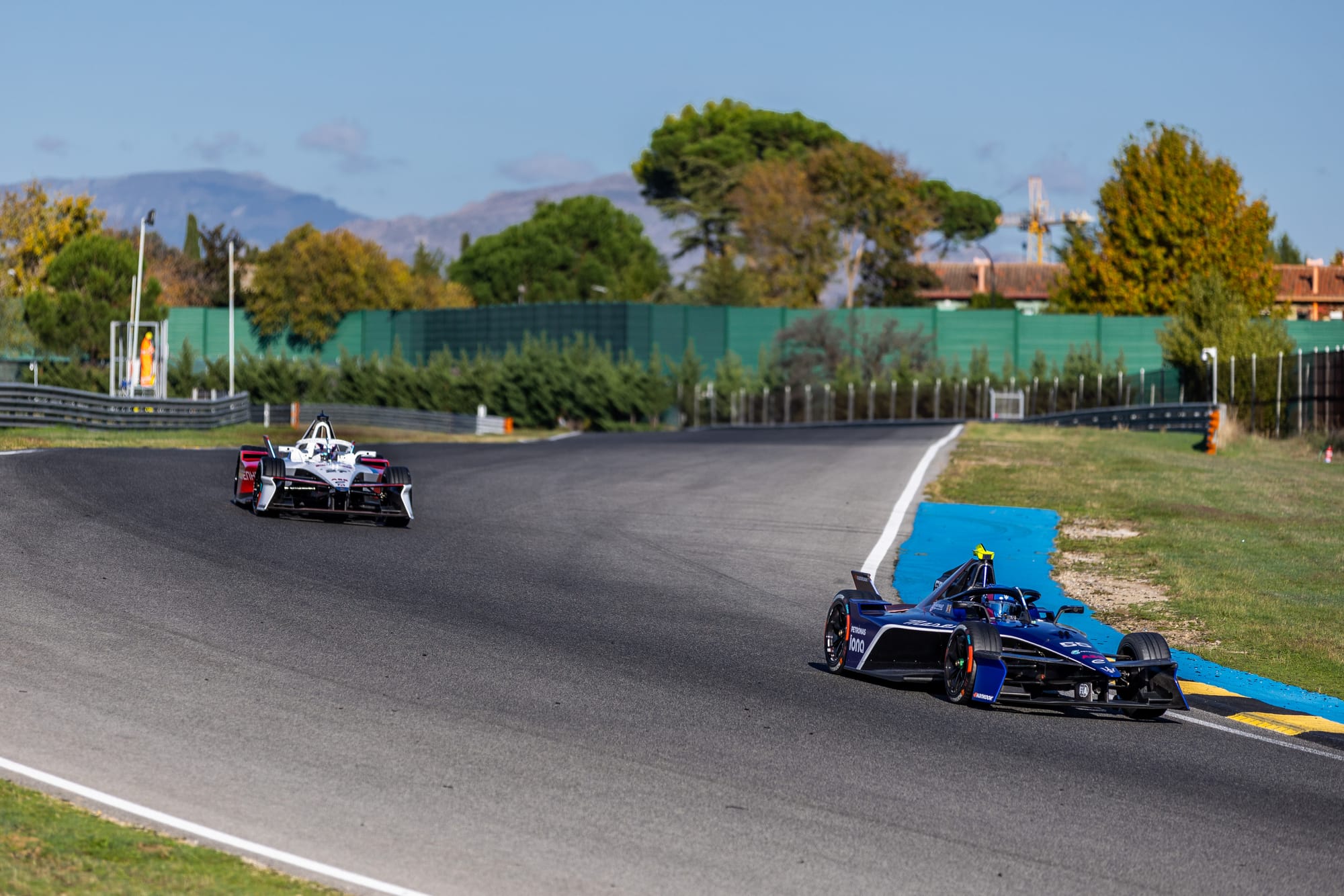
Stellantis Motorsport CEO Jean-Marc Finot said: "For the time being, we have decided to engage the Maserati brand in the championship because the DNA of Maserati is very close to motorsport.
"Of course, we consider to engage other brands, knowing that, at least, we will have four cars in the championship, but it's still open for the brands, so we have some time to make our decision."
What the deal means for MSG
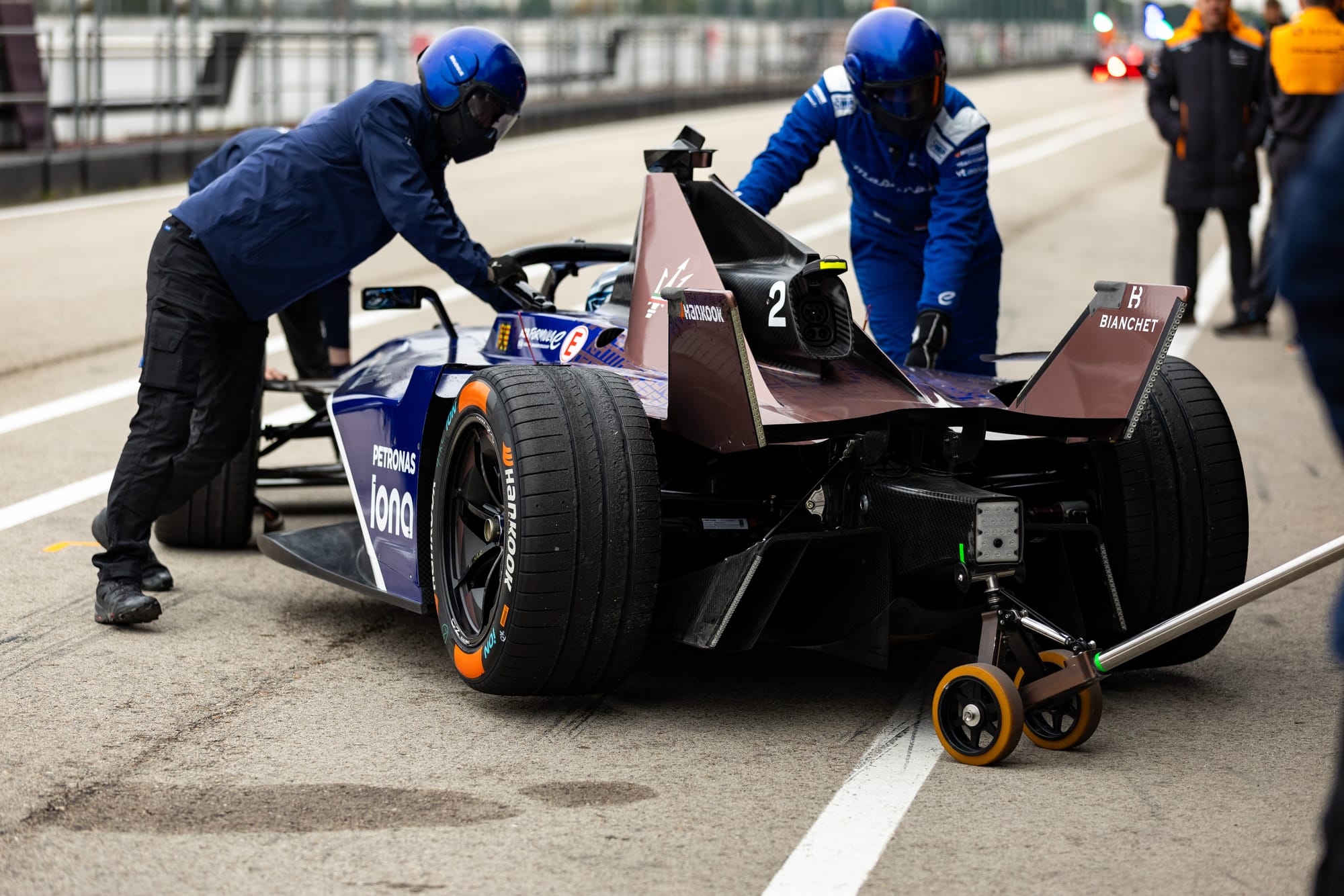
The MSG element of the entry is the licence holder and operational lead much in the same way that Venturi was when it ran Mercedes powertrains from 2020-22.
Maserati gets a very good deal with MSG as part of a model that was pioneered by sister brand DS. It is structured differently in Formula E because it is not a true factory operation in the way that Porsche, Jaguar or Nissan are.
Instead, until the end of the present deal in 2026, Maserati gets shared entry naming rights without owning the licence and a significant identity on the car for a modest amount of investment compared to the other manufacturer brands in the series, particularly in light of the fact it uses DS hardware too. This is very clearly a good deal for Maserati and it knows it.
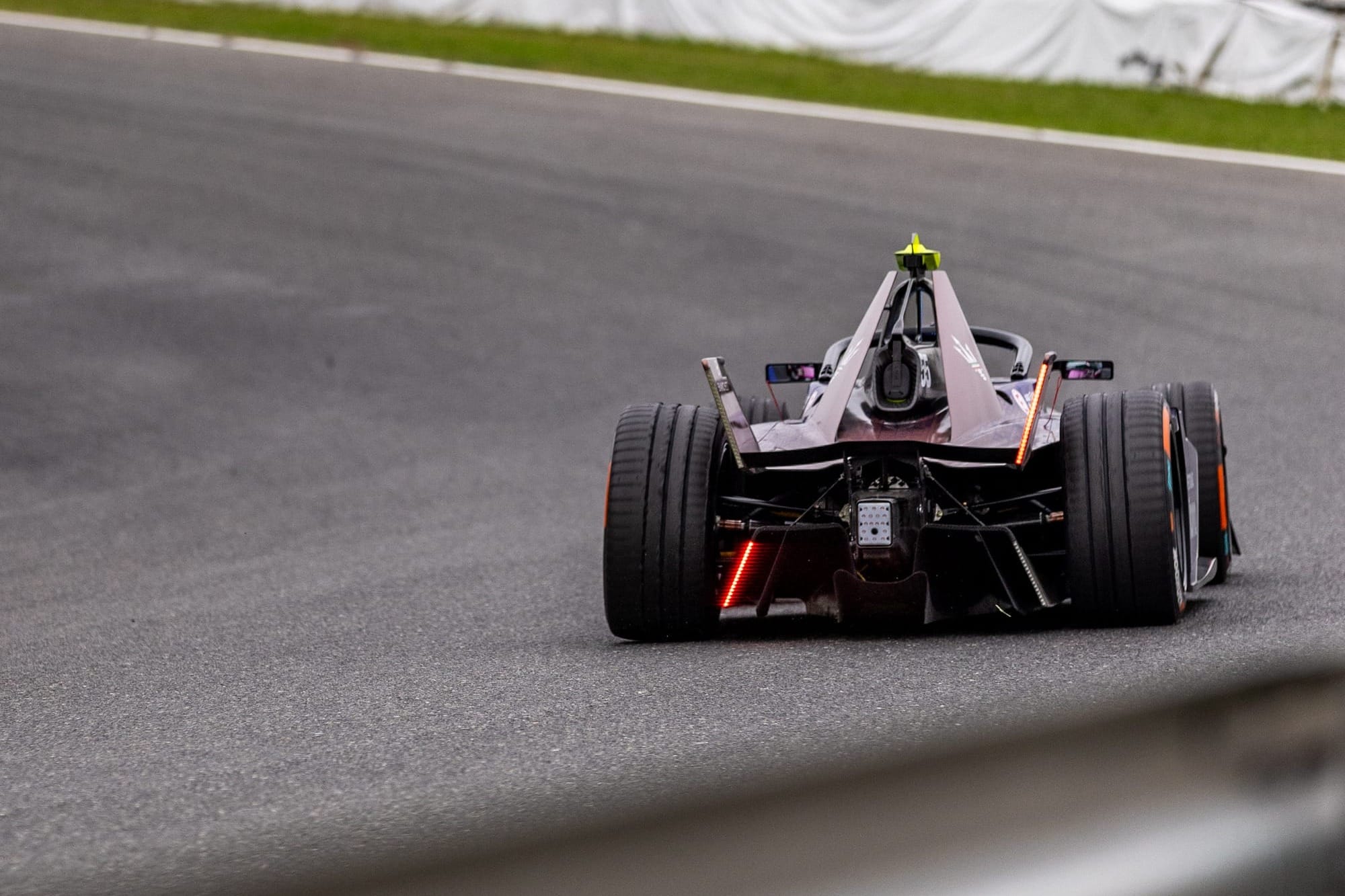
For MSG it is less so because it has to source a good chunk of the budget from other commercial possibilities but can't offer huge recognition on its cars because of the deal with Maserati via Stellantis.
What both MSG and Maserati get is a strong and commercially sustainable technical package from its DS Automobiles/DS Performance neighbour based 'up the road' in Satory, Paris. That is a proven package, in fact the most successful in Formula E, with two drivers' and two teams’ titles as well as numerous victories with Virgin, Techeetah and Penske.
But there has been a curious melding of stability and occasional volatility within the MSG operation in recent seasons. On the first point, owners Jose Aznar and Scott Swid have largely let MSG get on with running the team under new team principal Cyril Blais, who has proved adept in organising and focusing the squad.
This came after a brief dalliance with James Rossiter in 2023, a campaign that included a cataclysmically poor start before Guenther's Jakarta win and several other strong performances that subsequently pulled Maserati through to a strong finish.
At the same time, it has been clear to Aznar and Swid that their return on investment isn't what they had hoped for. It is also presumed, but not known absolutely, that they have been looking for additional investors or outright buyers for the team. This is believed to be ongoing.
But what of Gen4 plans for a possible continuation of the MSG and Maserati partnership?
Potentially little will change with a renewed deal for 2026 and beyond, perhaps with MSG becoming the 'factory' Stellantis team as DS Penske effectively is now.
Another option might be Stellantis taking more control and running a factory team in-house, potentially even eschewing its present model and investing in the 12th available licence. But that feels unrealistic as it stands in light of the volatility in the automotive sector right now.
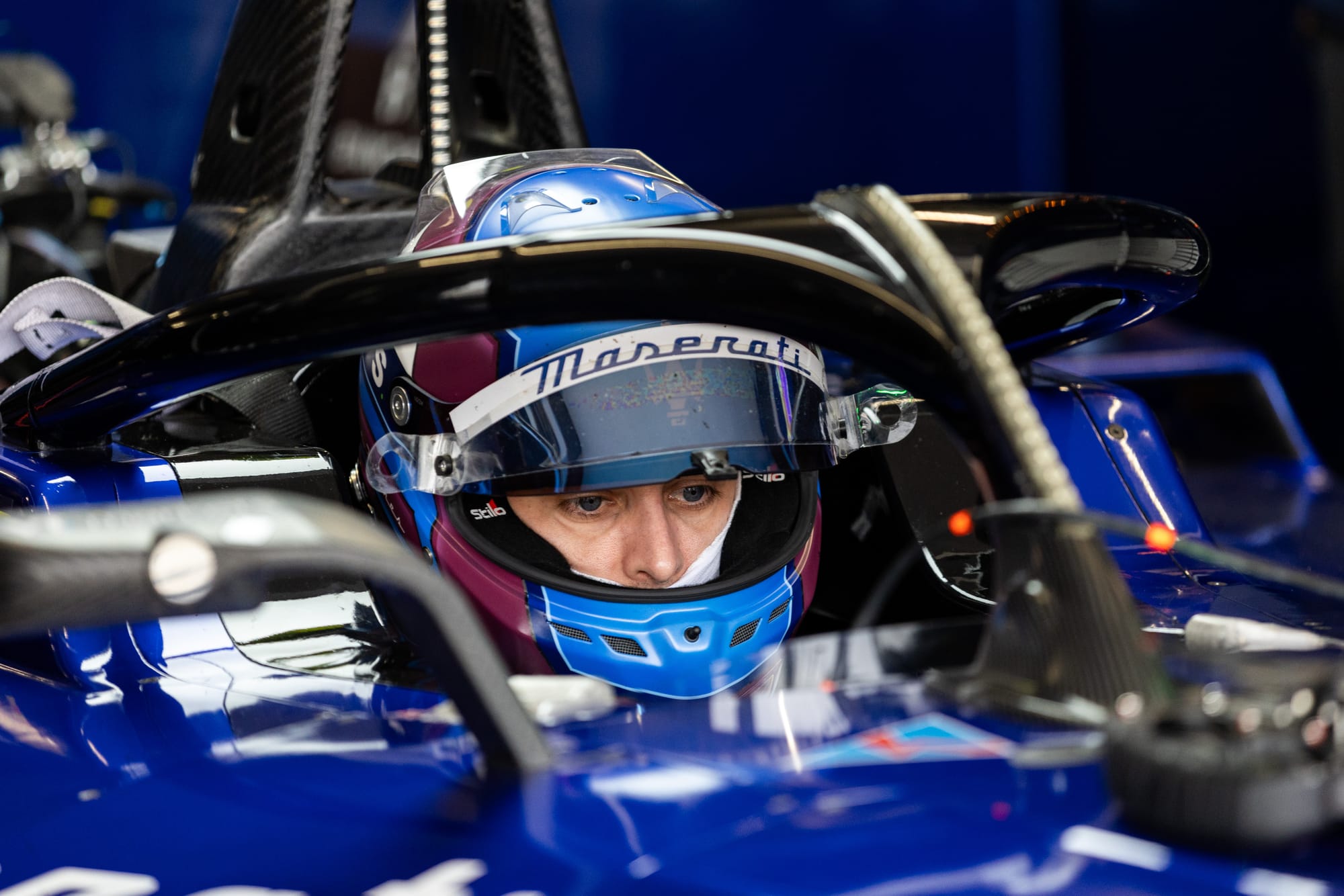
A lot could in fact hinge on how the present season starts for a refreshed team that now includes 2022 champion Stoffel Vandoorne, long embedded in the Stellantis ways via DS Penske and Peugeot in the World Endurance Championship, and a hungry Jake Hughes (above), who knows the team through his former work as a Venturi test and development driver.
But as with Envision, Andretti and McLaren, MSG will also be talking to other brands too as the cycle of manufacturer-customer marriages gears up for the traditional pairing offs for the Gen4 era from 2026-30.


